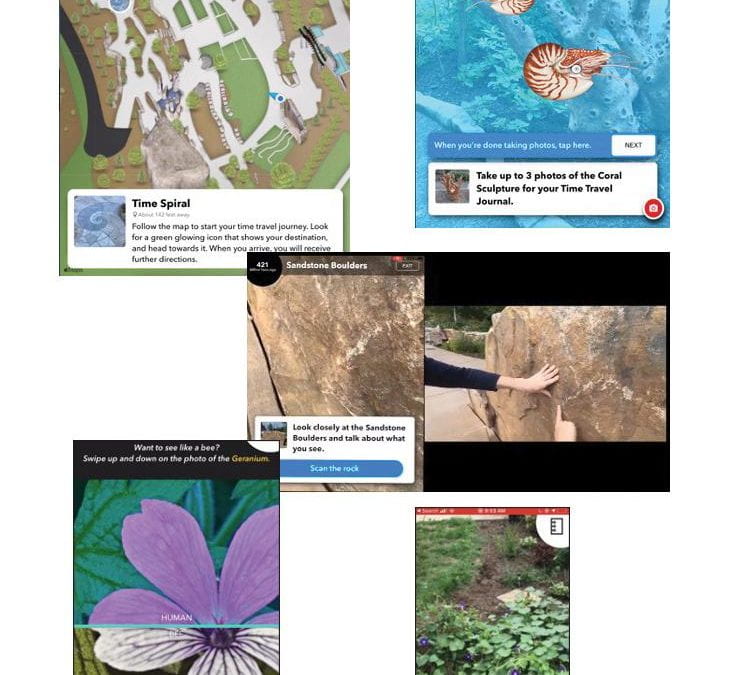UNIVERSITY PARK, Pa. — Heather Toomey Zimmerman, professor of education in the Penn State College of Education Department of Learning and Performance Systems, is leading a project exploring using augmented reality to enhance rural families’ learning about local science.
Zimmerman and co-director Susan Land, head of the LPS department and professor of education, developed augmented reality apps for two outdoor learning centers — the Arboretum at Penn State and Shaver’s Creek Environmental Center in Huntingdon County. Using tablet computers, families with children ages 5-12 have an immersive educational experience while visiting.
“At the start of the project, Susan and I brainstormed how we could use mobile computers to help families learn about the science in their everyday lives in an engaging way,” Zimmerman said. “We realized augmented reality was a tool that could allow us to create interactive walking tours for different community sites.”
Their team designed interactive stories that layer content, images, animations, filters and photos for specific spaces. The information reveals the story of the science in that community.
At the Arboretum, families visit the children’s garden or walk a pathway in the pollinator and bird garden. At Shaver’s Creek, participants follow a nature trail. At both, GPS is used to detect locations where the app delivers interactive experiences — one about pollinators native to central Pennsylvania and another about how unique rock and water iterations shaped Pennsylvania.
“Our children’s garden app helps support families’ imagination about geological history,” Zimmerman said. “They wonder, ‘If I was standing here 480 million years ago, what would Pennsylvania look like?’ Because Pennsylvania was covered by a shallow sea at that time, a blue filter comes through the tablet’s screen with prehistoric sea creatures swimming.
“At the Arboretum, families enter a day of the life of a bee. As they approach a beehive, they wonder how a bee would lay eggs inside of it. The app uses augmented reality to show what the inside looks like. By incorporating augmented reality, families can see aspects of environmental science they couldn’t without support, but a scientist would know.”
Funded by a $1.5 million grant from the National Science Foundation, the goal is to develop resources for rural families, which Zimmerman said is needed due to a relative lack of museums and science centers in rural areas and the importance of learning about science related to local ecosystems. Once research is concluded, the apps will be available publicly.
Other project partners include the Teaching and Learning with Technology unit, the Center for Immersive Experiences and the Center for Pollinator Research.
“To help people take care of their community, they must know about where their water is, what rocks make up their soil and what pollinators need to live in gardens and farms to support crops,” Zimmerman said. “The interactive app helps them learn about the science behind all these things in a fun, story-like way.
“What is most important about this work is that it focuses on learning science that’s locally relevant. This project is a model for teaching about the big ideas of science in ways that are connected to the places families experience every day.”
Original post: https://www.psu.edu/news/education/story/families-learn-about-science-their-community-augmented-reality/


Recent Comments